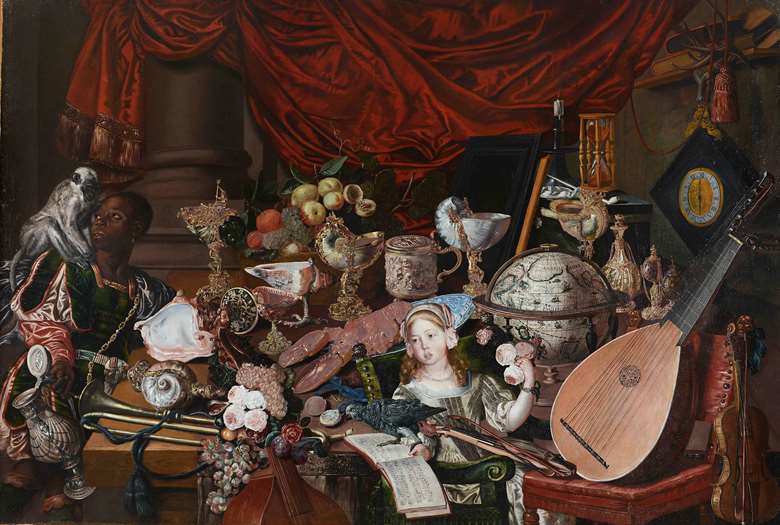17th-century painting reveals piece of music in great detail
Lottie Perkins
Tuesday, May 8, 2018
Following the discovery, the 1630 work by Robert Ramsey has been recorded for the first time

A fascinating musical discovery has been made during recent research in preparation for a major exhibition at Norwich Castle Museum and Art Gallery, The Paston Treasure: Riches and Rarities of the Known World. The discovery is a second source of a 17th-century musical work by the little-known composer Robert Ramsey.
The piece was written in about 1630, and is called Charon, O Charon heare a wretch opprest. It takes the form of a musical dialogue for two voices and an instrumental bass, which recounts the tale of Orpheus. Before this discovery, only one manuscript of the work had been known to exist. This all changed when a depiction of the score was found in a large, mysterious oil painting, dating from circa 1663 by an unknown artist. In the painting, a little girl who is believed to be Margaret Paston, daughter of Robert Paston is portrayed, along with an array of elaborate treasures, which are now known to have been part of one of the biggest private collections of artefacts to ever be assembled in the UK’s history.
The Pastons were an exceptionally wealthy family who used to own land around Norwich. Among their opulent collection, resting on Margaret’s lap is the work in question, which was so accurately recorded that Jonathan Wainwright, Professor of Music at the University of York, was able to reconstruct Ramsey’s piece using the aforementioned score, which has been kept at the University of Oxford since 1937. Professor Richard Wistreich, a professional singer and Director of Research at the Royal College of Music, said: ‘There was already a complete version in manuscript, but it was, until this discovery, the only known one. The Paston portrait appears to refer to a variant version that, although it is not completely workable without some editing, nevertheless offers a viable alternative for several measures.’
Subsequently, musicians including Professor Wistreich and the lutenist Elizabeth Kenny have made the first ever recording of the work in the Royal College of Music’s studios, which will be played throughout the exhibition - which opens its doors on June 23. For details of the exhibition, visit Norwich Museum's website.







